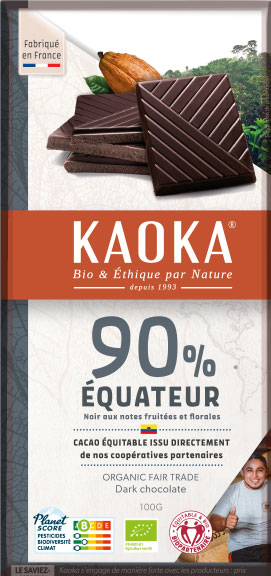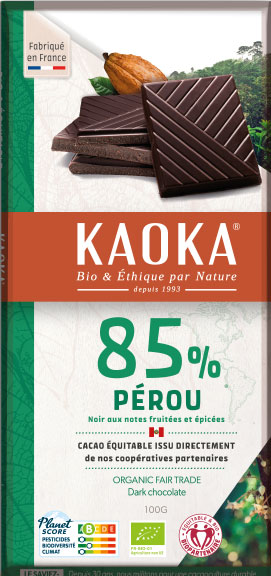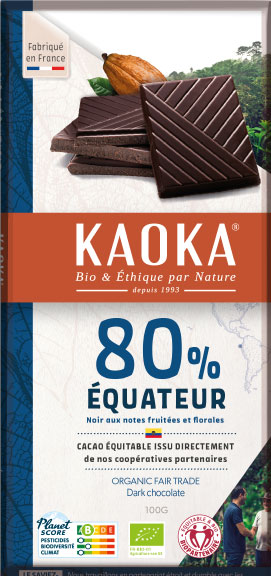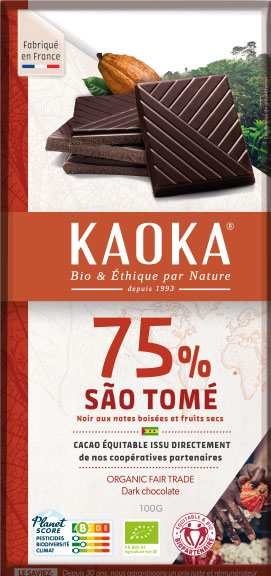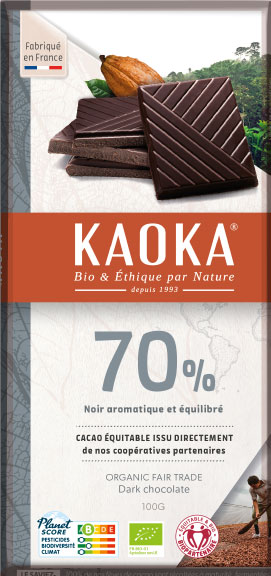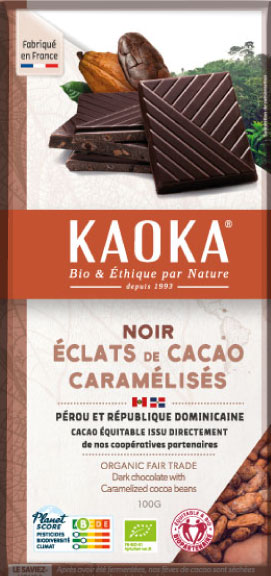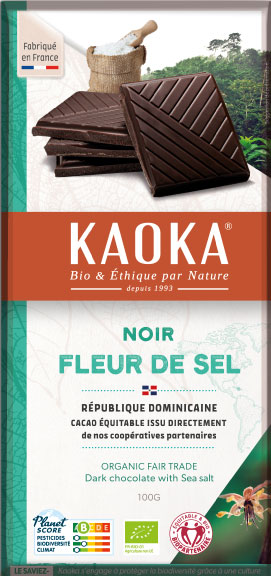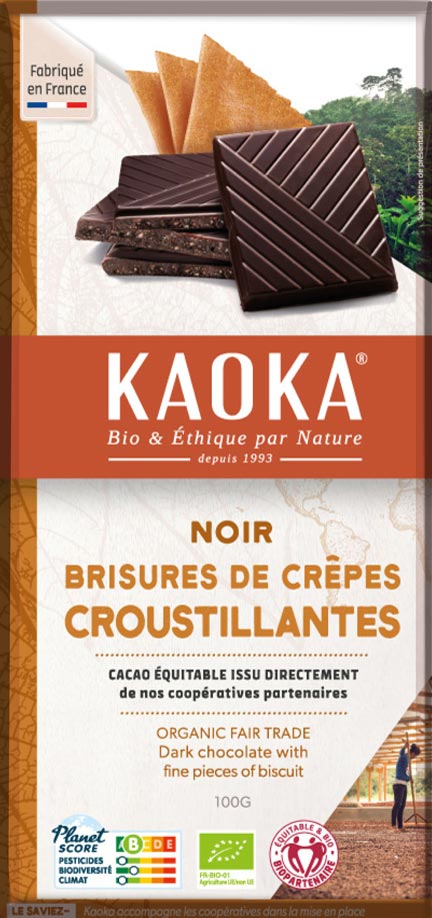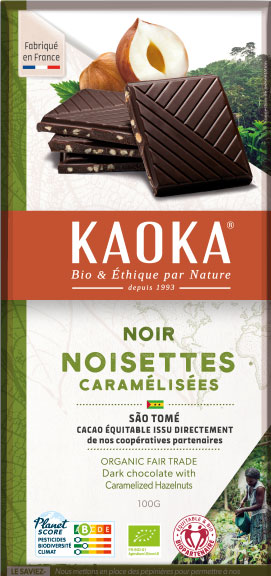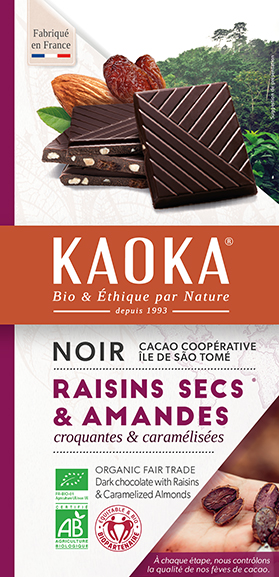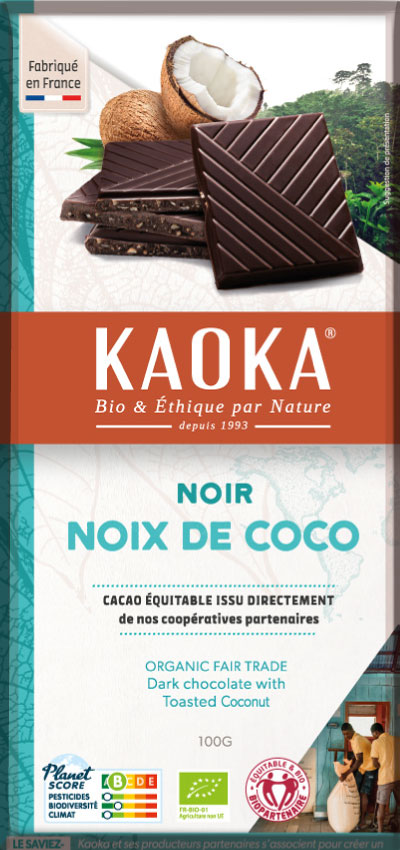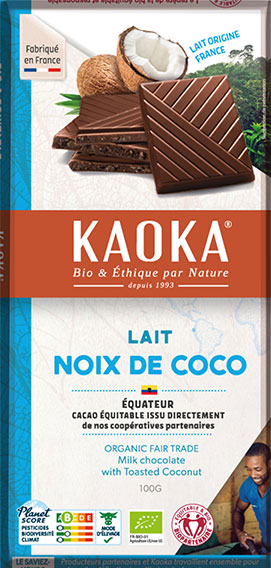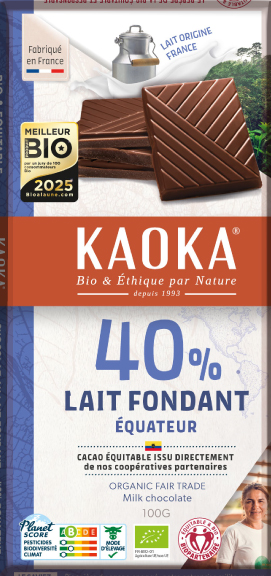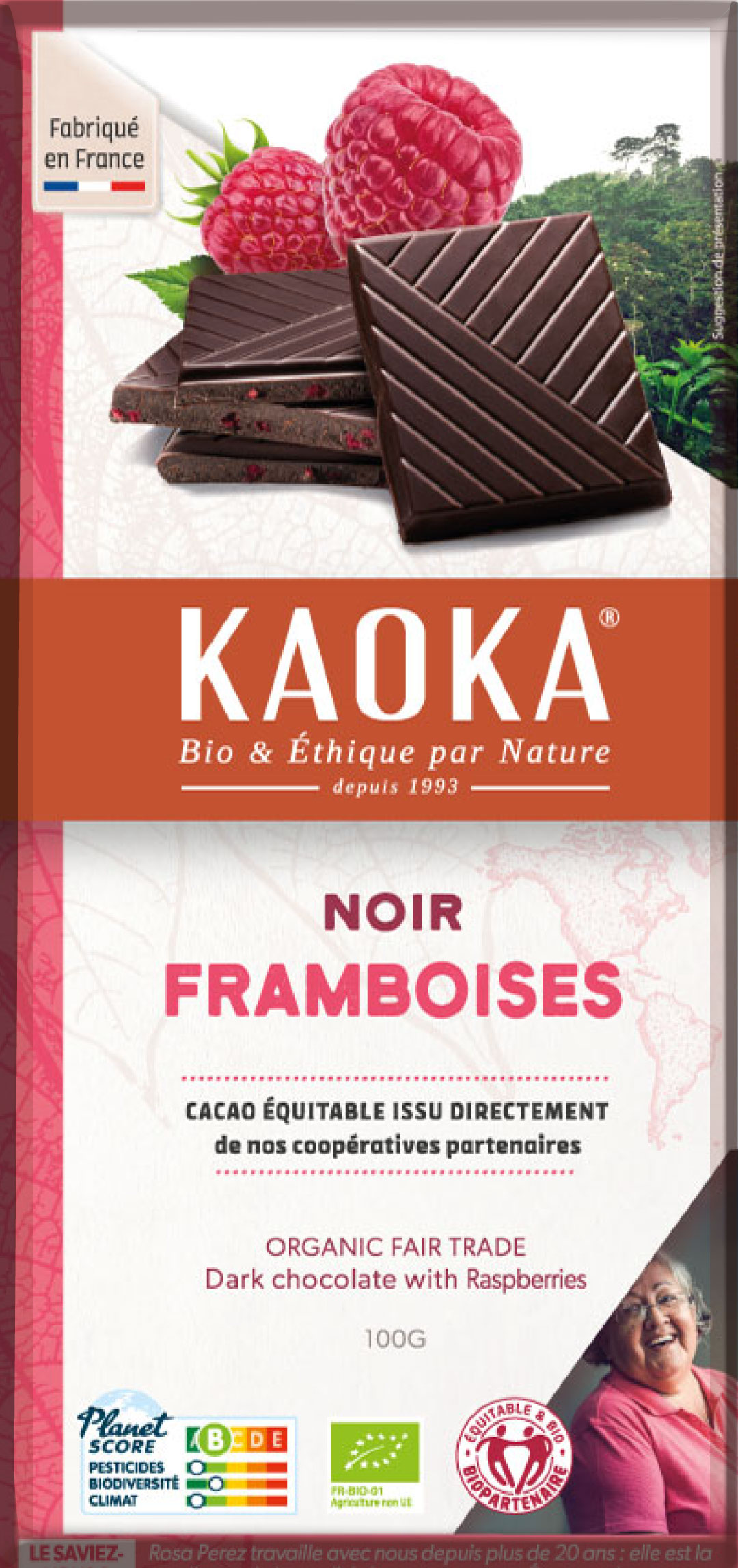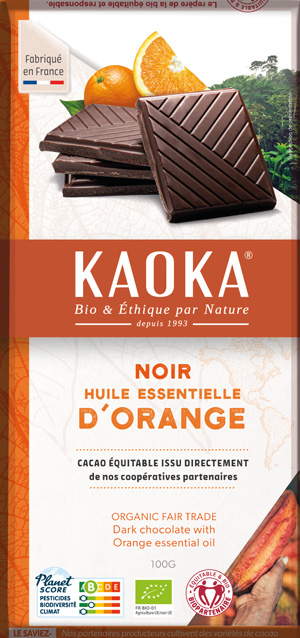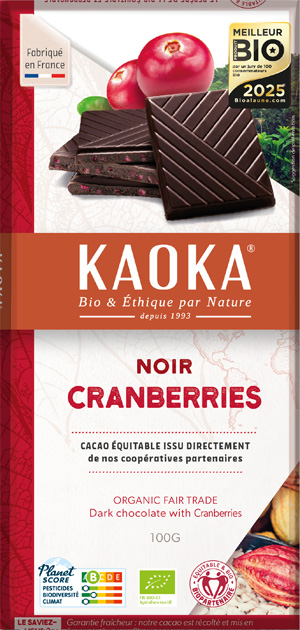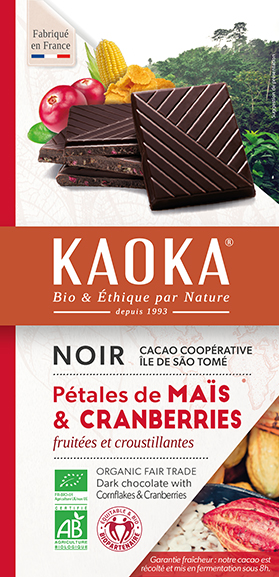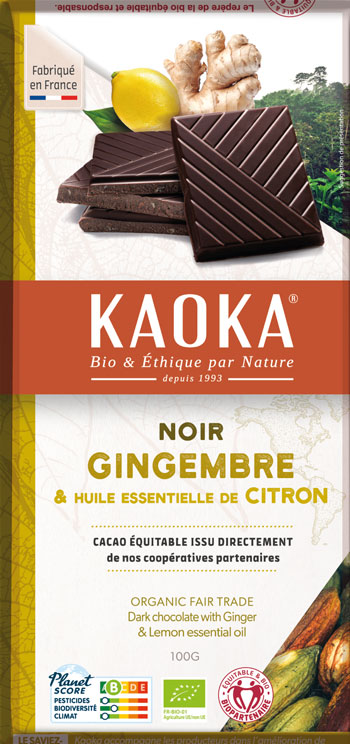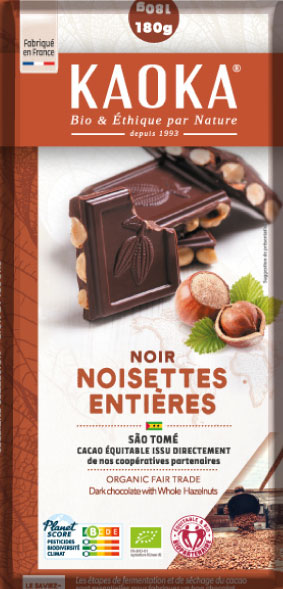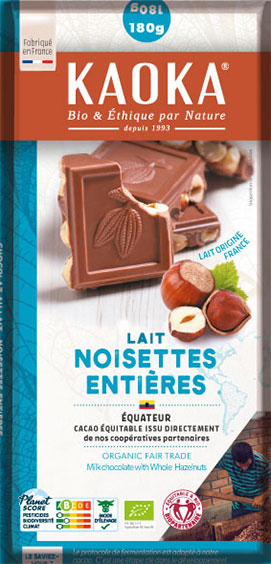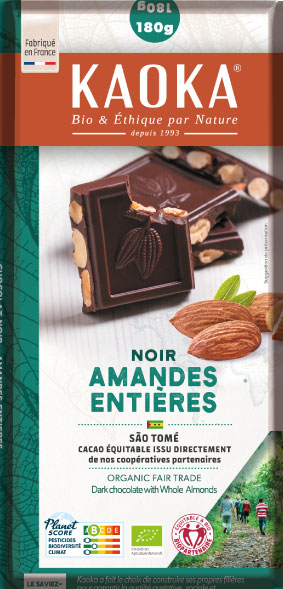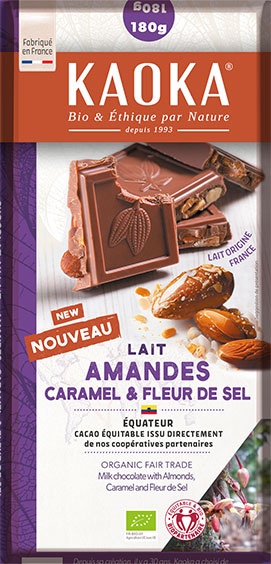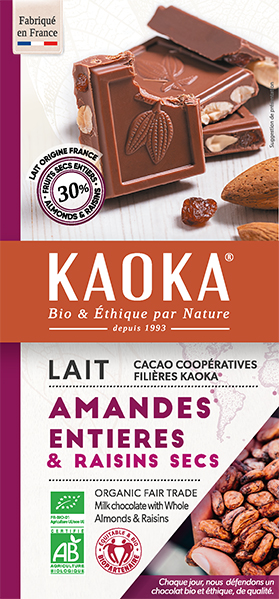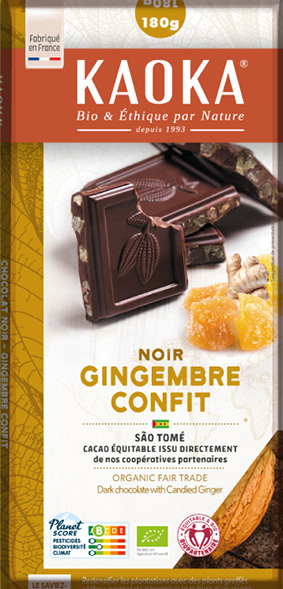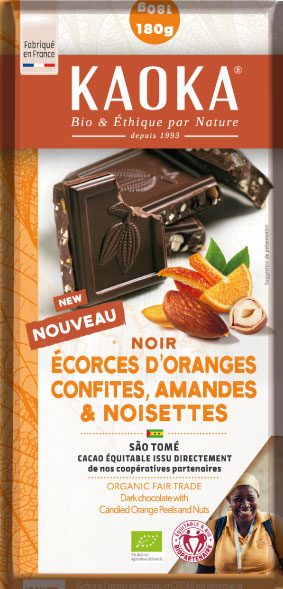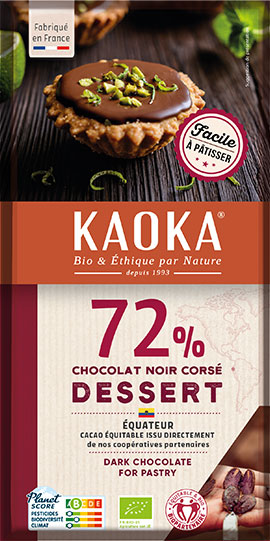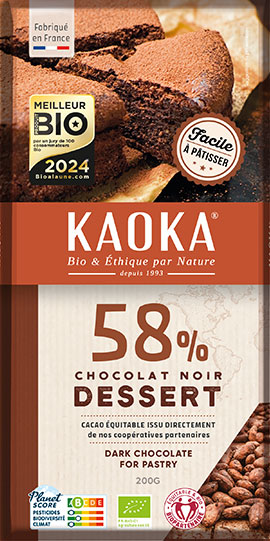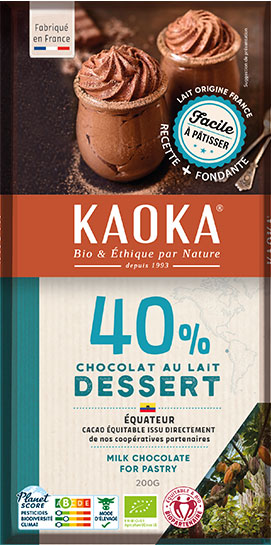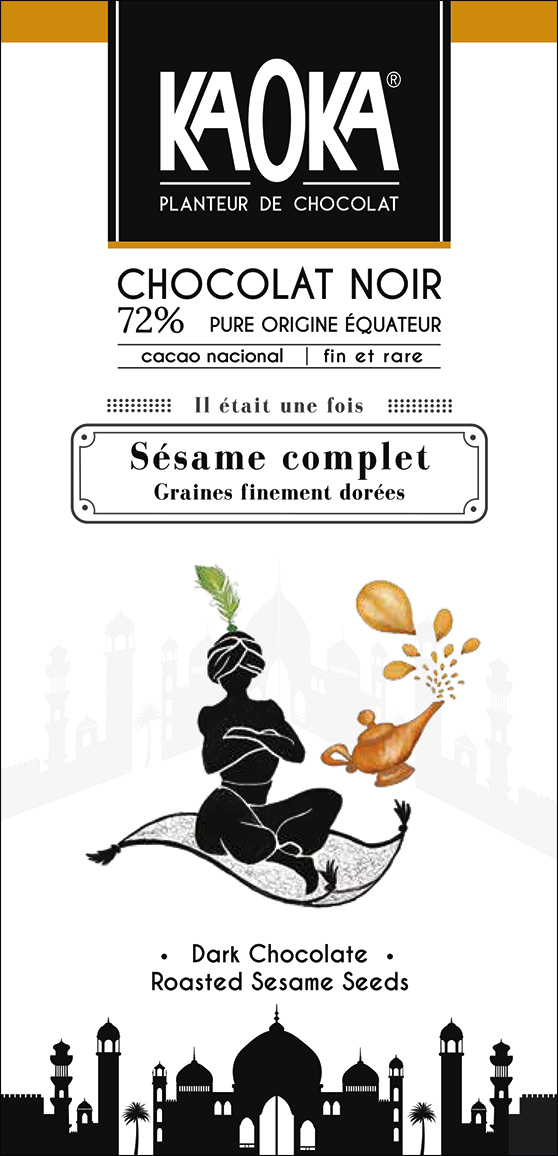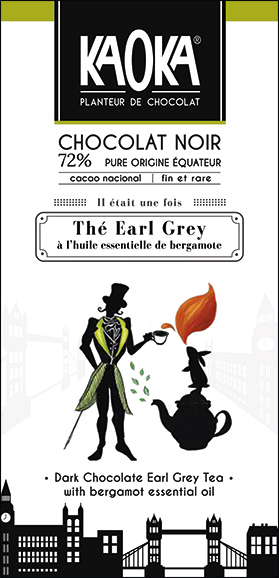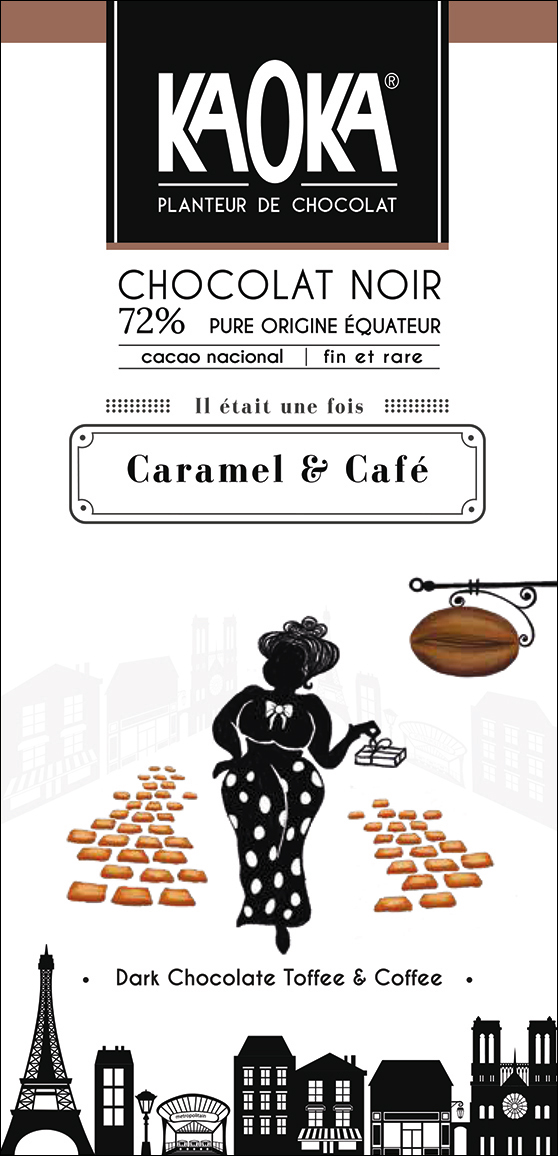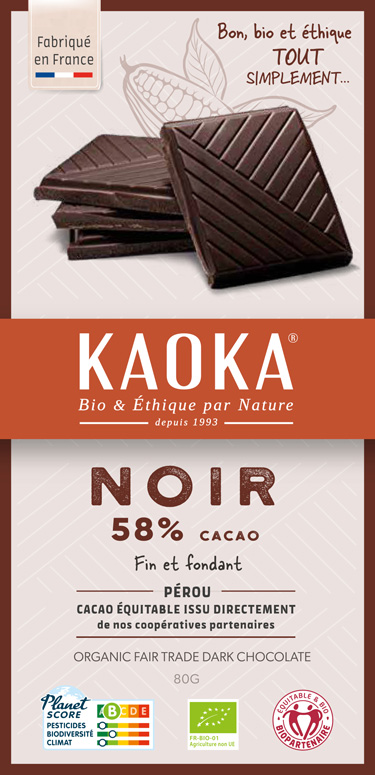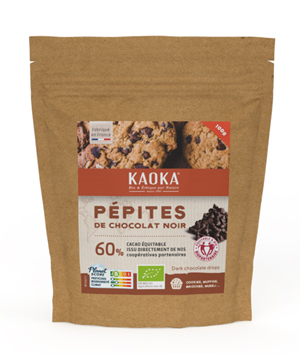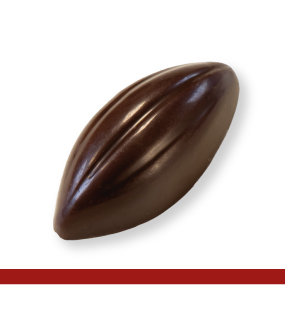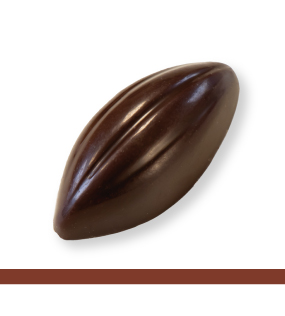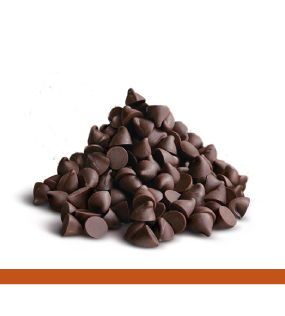Lecithin is a lipid (fat), naturally present in large quantities in animal and plant tissues. Lecithins are a complex of phospholipids (an assembly of fatty acids, phosphates and glycerol). Lecithin can be obtained from a number of sources: eggs, soya, rapeseed, sunflower, cotton and animal fats.
In the food and pharmaceutical industries, it is used to extend the shelf life of products, as an emulsifier and as a stabiliser. Like all food additives, lecithin is regulated in France. It must appear in full in the list of ingredients and may also appear with the code E322.
However, lecithin can also be used as a dietary supplement. It is sold in capsule or powder form in organic shops and drugstores.
Soya lecithin is extracted from soya beans. It is obtained by grinding and cold pressing soya beans. The pressed beans become a liquid made up of oil and lecithin. The lecithin is recovered by decantation. The additive is then dried and transformed into powder, in the form most commonly used in the food industry.
Soy lecithin is virtually odourless and neutral in taste. It is for its physical properties that it is used in the food industry. Used in very small quantities, it can play several roles:
- the role of emulsifier: it helps to obtain homogenous products by preventing water and fats from separating in recipes.
- the role of stabiliser: it extends the shelf life of products.
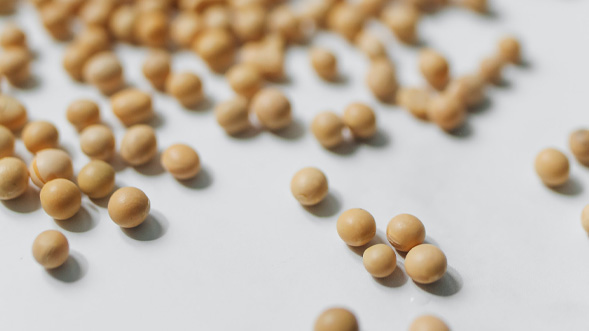
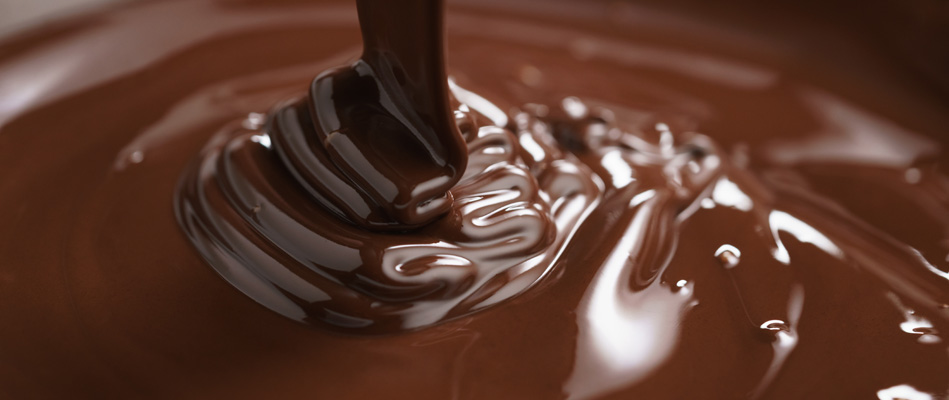
To better understand why lecithin is frequently found in chocolate ingredients, we need to look at the composition of chocolate. It is made from cocoa mass, cocoa butter, sugar and milk (if it is white or milk chocolate).
Cocoa butter is a fat (a lipid), while sugar and milk are watery. Adding lecithins to the recipe will help the different ingredients bind together better. The result will be homogeneous and the chocolate will keep longer.
What you need to know
For chocolate, there are soy lecithins, sunflower lecithins and rapeseed lecithins, but the latter two are more expensive ingredients.
Kaoka has chosen to stop using soy lecithin in the manufacture of its chocolates. And as far as possible, to not use lecithin or vanilla. Our sole aim: to offer you chocolates that are ever more natural, so you can fully savour the original flavours of aromatic cocoa.
why did you choose sunflower over soya?
Kaoka identified a GMO risk with soya lecithin and preferred to use sunflower lecithin in the rare cases where it was not possible to do without sunflower lecithin in the composition of the chocolate. These products are listed below:
Simply milk chocolate bar
White chocolate in bulk
When necessary, for chocolate bars with dried fruit, Kaoka uses Anhydrous Milkfat (AMF), better known as concentrated butter. This fat replaces lecithin and prevents the migration of fats from dried fruit and oilseeds to the surface of the chocolate. This migration can be observed by a fatty whitening of the chocolate (not to be confused with whitening due to temperature variations and poor conservation of the chocolate).
Lecithins, what are the risks?
We recommend not offering ingredients containing lecithin to young children and babies, as it is a major allergen. It can trigger major crises in people allergic to soya and/or eggs.
Consumed in excess of 3.5g a day, lecithin can cause stomach aches, headaches and a drop in blood pressure.
Consuming lecithin can be harmful to your health if it is produced from chemically treated and/or genetically modified soya. It may contain chemical solvents and pesticides that are harmful to the body.
Consuming lecithin without checking its origin also means taking risks for the environment and participating in the massive deforestation of forests.
What are the benefits of lecithins?
Lecithin can also be taken as a dietary supplement. It is claimed to have a number of benefits, including lowering cholesterol levels, improving the digestive process, preventing breast duct complications in breastfeeding women and even improving cognitive function thanks to its choline content.
